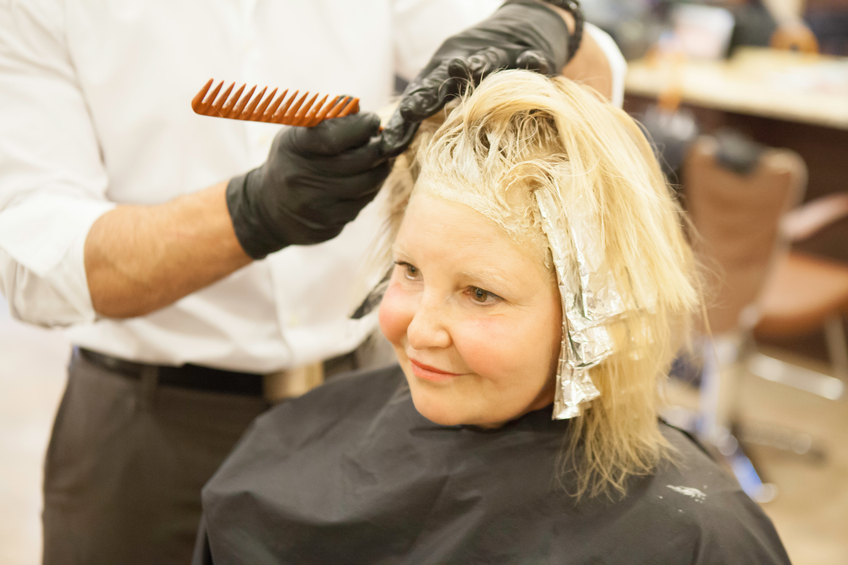You know how people like to say stress from their kids gave them their gray hair? Well, it turns out, they’re probably half right.
Hair turns gray when melanocytes, or melanin (pigment)-producing cells, start losing their ability to produce pigment. As more and more of these cells stop producing pigment and die off, you no longer have pigment in your hair, said Dr. Holly Gunn, medical director of the Dermatology, Aesthetic and Laser Center at St. Elizabeth Physicians.
“We’re learning more about the graying process, though,” she said, “about what causes these melanocyte stem cells to burn out and stop working.”
The current theory? Stress. But it’s not stress from our kids.
It’s oxidative stress, which is when the body has too many free radicals ““ the waste from the body’s chemical reactions. Oxidative stress often is caused by environmental factors and unhealthy lifestyle choices.
To combat oxidative stress ““ and, potentially, slow down the graying process ““ we should be eating as healthy as possible (think antioxidants), drinking plenty of water and exercising often.
“It’s just another reason to try to be as healthy as possible and make sure we’re making good lifestyle choices,” Gunn said.
You should still remember, though, that if you’re over the age of 30, it’s considered normal for your hair to start turning gray. And that leaves you with three treatment options, Gunn said:
You can either use a temporary gel or powder from a beauty-supply store to color your hair in the short term. Or, you can find a colorist who can match your hair with the right color. (Here’s a hint: picking the right colorist is very important.) Or, you can just embrace it.
“Some people look really good with silver hair and are great about just confidently wearing that natural color,” Gunn said. “I think we’ve definitely become a population that, as a whole, likes to put on makeup and color our hair, so you could even start a fad by being more natural and letting it go gray.”

